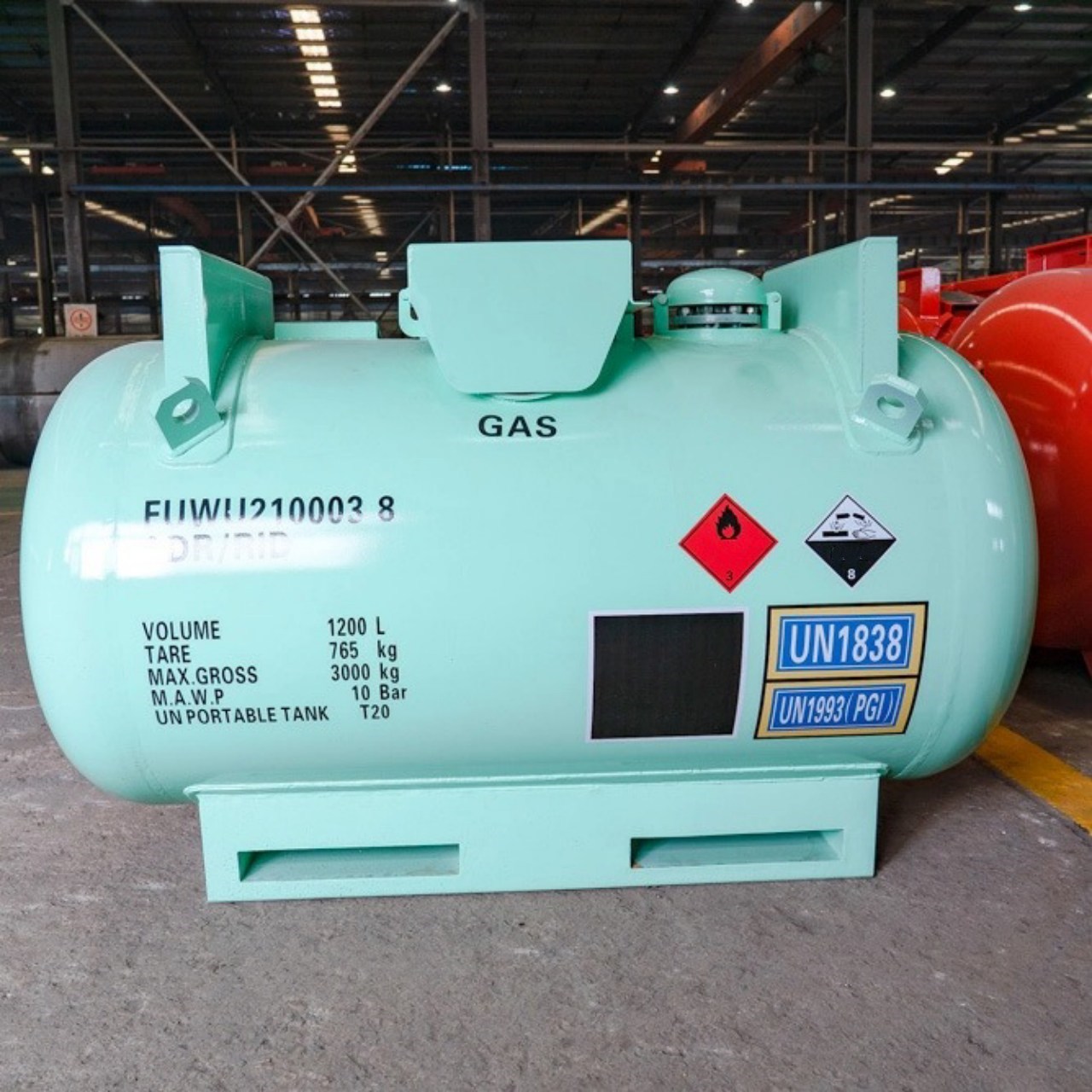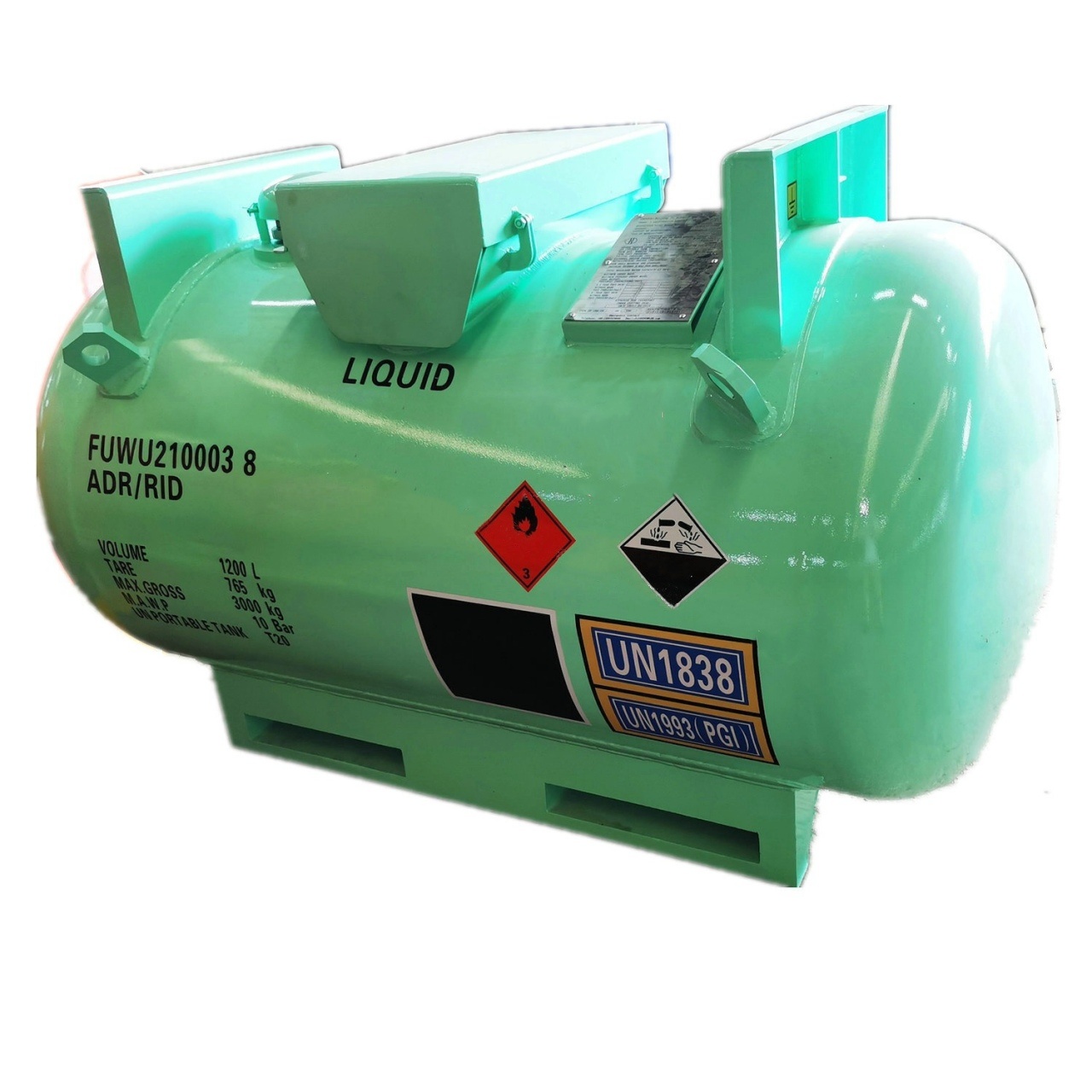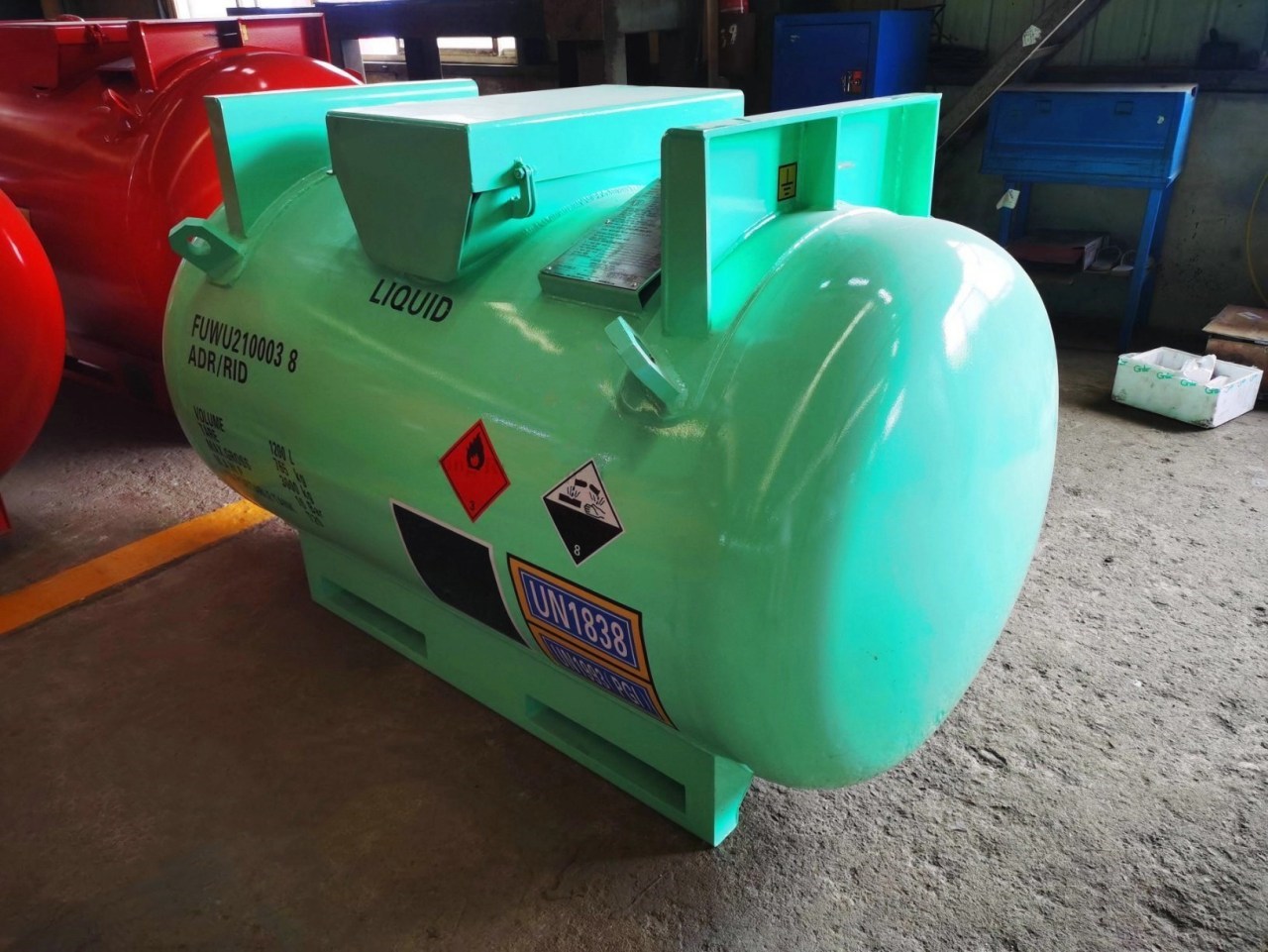UN portable tanks, widely recognized as the international standard for the transport of hazardous liquids, are integral to the global logistics of dangerous goods. These tanks provide safe, efficient, and compliant methods of transporting hazardous chemicals, oils, and other potentially dangerous liquids. However, with the benefits come a host of regulations and handling procedures that must be rigorously followed to ensure safety, environmental protection, and legal compliance.
This article explores the critical aspects of UN portable tanks, including compliance requirements, handling guidelines, safety measures, and the standards that govern their use.
What Are UN Portable Tanks?
UN portable tanks, also known as intermediate bulk containers (IBCs) or UN tanks, are large, standardized containers used for transporting liquid and granular hazardous materials. These tanks are designed to meet strict international standards set by the United Nations Economic and Social Council’s Committee of Experts on the Transport of Dangerous Goods. They are typically made from durable materials such as steel, aluminum, or high-density polyethylene, and their capacity generally ranges from 1000 to 3000 liters.
The primary purpose of UN portable tanks is to ensure the safe and secure transport of hazardous substances, including flammable liquids, corrosive chemicals, and other materials that pose a risk to human health, safety, and the environment.

Compliance Standards and Regulations
UN portable tanks are subject to stringent regulations that govern their design, construction, testing, and use. The compliance framework includes:
1. The UN Recommendations on the Transport of Dangerous Goods
The UN’s Model Regulations serve as the global standard for the transport of hazardous goods by road, rail, sea, and air. For portable tanks, these regulations outline essential requirements, including:
- Design and Construction: UN portable tanks must be built to specific standards to withstand the stresses of transportation. These tanks must meet standards for strength, durability, and resistance to the materials they carry.
- Marking and Labeling: Each UN portable tank must be marked with a UN number (e.g., UN 31A, UN 31B), which identifies the substance it is intended to transport. The tank must also display labels indicating its hazardous classification.
- Testing: Tanks must undergo rigorous testing to prove their ability to contain hazardous liquids safely. These tests include pressure tests, drop tests, and leak tests.
2. The International Maritime Dangerous Goods (IMDG) Code
For hazardous goods transported by sea, the IMDG Code sets forth additional compliance requirements. This includes specific design parameters for tanks used in marine transportation, ensuring that they are resistant to corrosion and capable of withstanding harsh environmental conditions like saltwater exposure.
3. European Agreement Concerning the International Carriage of Dangerous Goods by Road (ADR)
For road transport, the ADR Agreement governs the transportation of hazardous goods within Europe. This agreement mandates specific standards for the construction and operation of UN portable tanks, including requirements for tank inspection, documentation, and emergency preparedness.
4. U.S. Department of Transportation (DOT) Regulations
In the United States, the DOT sets forth regulations for the transportation of hazardous materials under the Code of Federal Regulations (CFR) Title 49. UN portable tanks used in the U.S. must comply with these standards, which include criteria for tank construction, marking, and safety features.
5. Environmental Protection
Environmental protection regulations play a key role in the handling and transportation of hazardous goods. Compliance with regulations like the Clean Water Act (CWA) and the Resource Conservation and Recovery Act (RCRA) ensures that spills and leaks are minimized and that hazardous materials are disposed of in an environmentally responsible manner.

Handling UN Portable Tanks
The handling of UN portable tanks is a critical aspect of their safe use. Mishandling can result in accidents, spills, or contamination. Below are key guidelines for handling these tanks:
1. Inspection and Maintenance
Before each use, UN portable tanks must undergo thorough inspections to ensure they are in good condition. Regular maintenance is essential to preserve the integrity of the tanks and to detect any potential issues that could compromise safety. Inspections should include:
- Visual Inspections: Check for any visible damage, cracks, or corrosion.
- Leak Testing: Ensure that seals, valves, and fittings are properly secured and leak-free.
- Pressure Tests: Periodically test the tank’s ability to withstand internal pressure, especially for tanks carrying pressurized substances.
- Structural Integrity: Inspect the structural components like the frame, legs, and bottom valve for wear or damage.
2. Proper Loading and Unloading
The loading and unloading processes for UN portable tanks must be conducted with care to avoid spillage and exposure to hazardous substances. Proper techniques include:
- Safe Loading Practices: Ensure that the correct product is being loaded into the correct tank with the proper temperature and pressure conditions.
- Avoid Overfilling: Always leave room for expansion and prevent overfilling by ensuring that the tank’s maximum capacity is not exceeded.
- Use of Pumps and Valves: Utilize pumps and valves designed for the specific substance being transported. Manual handling of hazardous liquids should be avoided wherever possible.
3. Transportation and Securement
Once the tank is loaded, it must be securely transported. This includes:
- Secure Tank During Transport: Ensure that the tank is securely fastened to prevent movement or tipping during transit. This may involve using straps, chains, or other securing devices.
- Avoid Exposure to Extreme Conditions: UN portable tanks should not be exposed to extreme temperatures, excessive pressure, or hazardous weather conditions. Specialized vehicles with appropriate cargo hold should be used.
4. Emergency Preparedness
In case of a spill, leakage, or other emergency, personnel handling UN portable tanks must be equipped with emergency response plans, including:
- Spill Containment: Establishing containment measures such as spill barriers or absorbent materials.
- Emergency Contact Information: Having clear access to emergency response numbers and procedures.
- Personal Protective Equipment (PPE): Ensuring all personnel wear appropriate PPE, including gloves, respirators, and protective clothing.

Conclusion
UN portable tanks are essential for the safe and compliant transport of hazardous liquids and chemicals across various industries. Compliance with international and national regulations ensures that these tanks are designed, constructed, and used safely. However, the effectiveness of these tanks depends not only on regulatory adherence but also on proper handling, inspection, and maintenance throughout their lifecycle.
By following the guidelines set out in the UN Recommendations, the ADR, IMDG Code, DOT regulations, and other relevant standards, companies, and operators can mitigate risks, protect human health and the environment, and maintain compliance with the law. The handling of these tanks requires diligence, care, and robust training to prevent accidents and ensure safe transportation at every stage.

